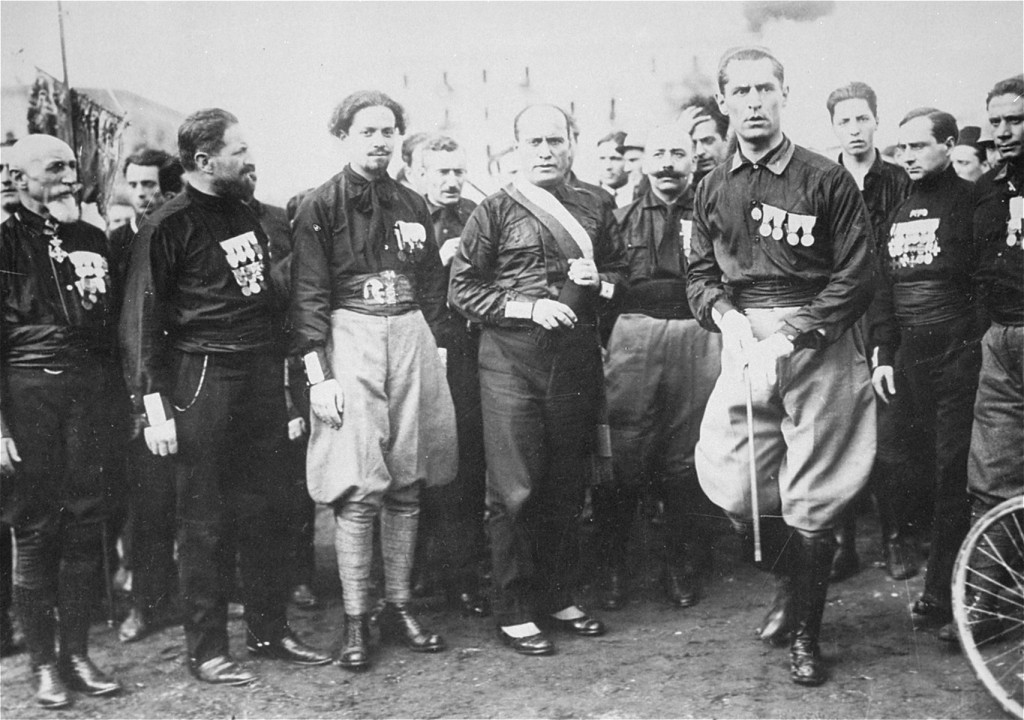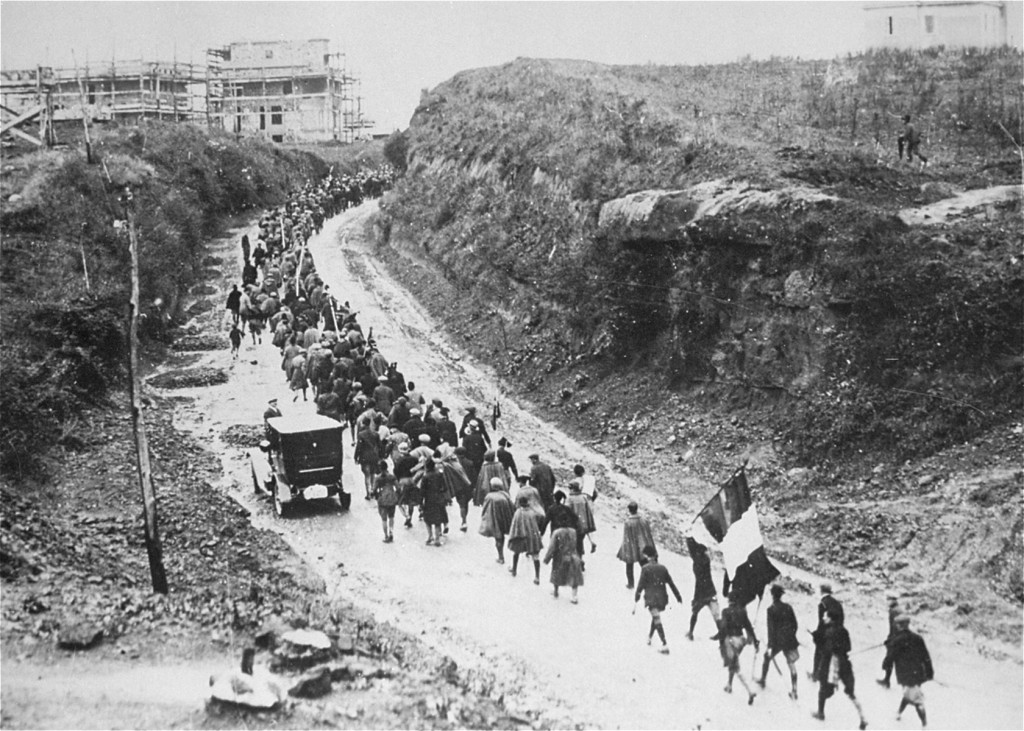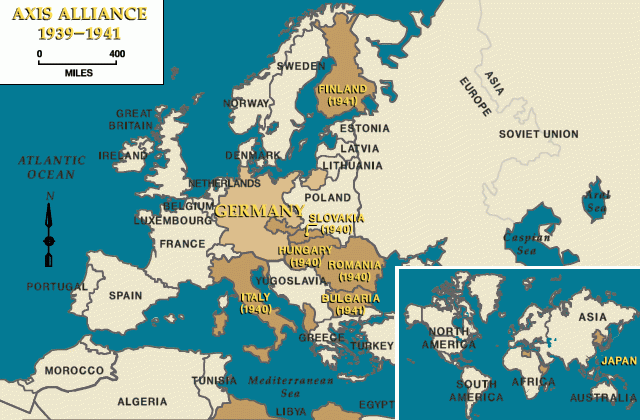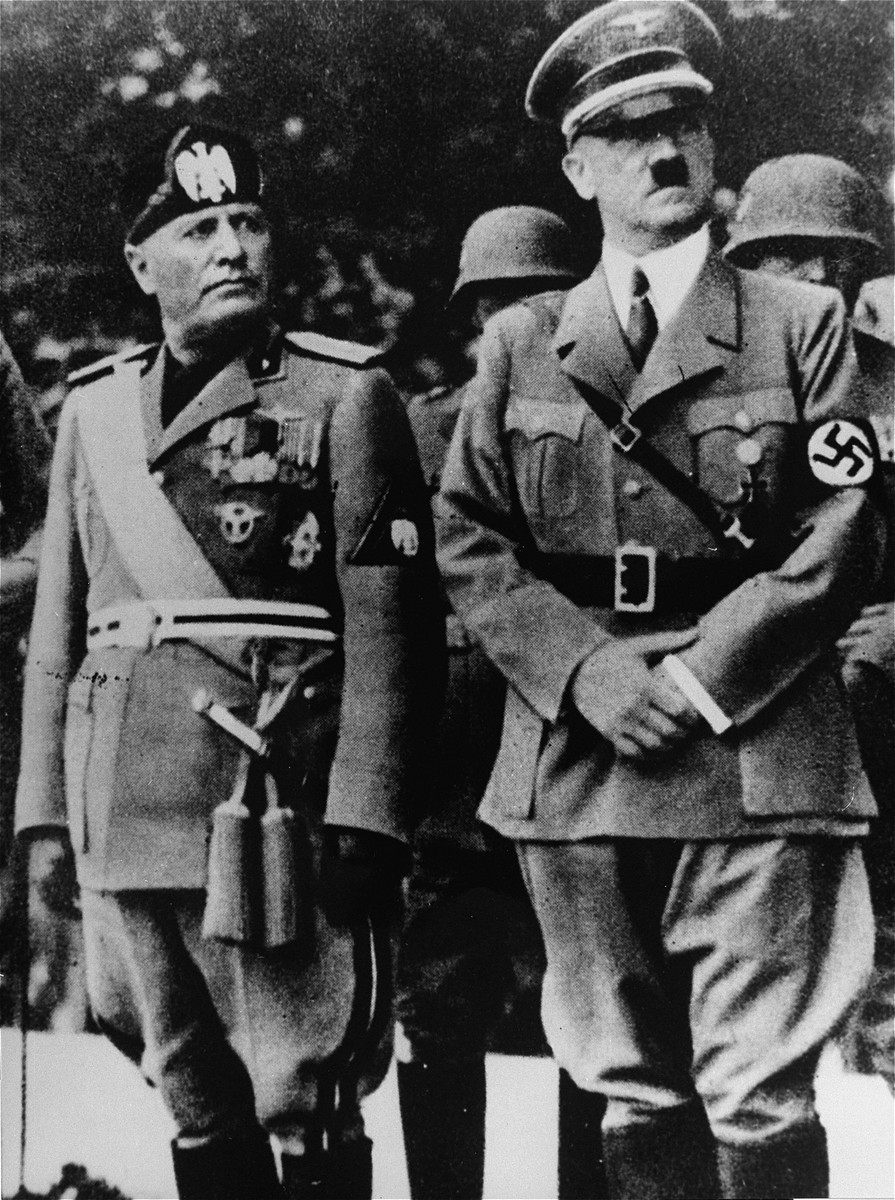
Benito Mussolini
Benito Mussolini was an Italian nationalist and the founder of Italian Fascism. He ruled Italy from 1922–1925 as Prime Minister, and from 1925–1943 as il Duce, the Fascist dictator. Mussolini’s Fascist takeover of Italy was an inspiration and example for Adolf Hitler and the Nazi Party in Germany.
Key Facts
-
1
Benito Mussolini began his political life as a committed socialist. During World War I, he renounced socialism and adopted fascism.
-
2
In May 1939, Mussolini signed the Pact of Steel with Adolf Hitler. The Pact committed Italy and Germany to provide military and economic support in event of war. World War II began later that year in September.
-
3
Mussolini was deposed by Italian King Victor Emmanuel III in 1943 and executed by communist partisans in 1945. His body was displayed publicly to prove he was dead.
Early Life
Benito Mussolini was born on July 29, 1883, in Dovia di Predappio to parents Alessandro and Rosa Mussolini. Blacksmith Alessandro Mussolini was a devoted socialist who named his son after Benito Juarez, the leftist Mexican revolutionary. Following his father’s example, Benito began his political life as a socialist. His politics began to change, however, when World War I broke out across Europe. During the war, Mussolini split with the socialists over his support for Italian military participation. He became an ardent Italian nationalist, believing in a national struggle that transcended class lines, rather than a class struggle. By 1918, Mussolini was a committed fascist.
Italian Fascism

In 1919, Mussolini founded the Italian Fascist movement, which eventually became the Partito Nazionale Fascista (National Fascist Party). By 1921, Mussolini had won election to the Italian Chamber of Deputies. Despite this success, Mussolini and his supporters, known as the blackshirts, were frustrated with the electoral process. Rather than work through the parliamentary system, Mussolini decided to seize power by force. The March on Rome was staged on the night of October 27–28, 1922. Demanding the resignation of Italian Prime Minister Luigi Facta, approximately 30,000 armed Fascists marched into Rome, while Mussolini remained in Milan. Facta ordered martial law in Rome, but King Victor Emmanuel III refused to countersign the order. Instead, the King invited Mussolini to Rome to form a new government.
While Mussolini became the Prime Minister in 1922, he was still dependent on a coalition government to remain in power. The Acerbo Law, passed in 1923, was designed to give Mussolini and the Fascists complete control over the Italian parliament and government. The Acerbo Law stated that whichever party obtained the greatest number of votes would receive two thirds of the seats in Parliament, even if they did not receive two thirds of the vote. With the help of the Acerbo Law, the 1924 elections decisively gave power to the Fascists.
Over the course of 1925, Mussolini pulled off a coup d’etat in which he ended Italian democracy in favor of a personal dictatorship. The coup began on January 3, 1925, with Mussolini’s address to the Chamber of Deputies and culminated on December 24, 1925, with the “Decree on Powers of the Head of Government.” This decree declared the Prime Minister was now the “Head of Government” and the Head of Government was not responsible to Parliament. Only the king could remove the Head of Government, and nothing could be placed on Parliament’s agenda without the consent of the Head of Government, giving Mussolini the ability to block all dissent.
World War II
Mussolini and Hitler met for the first time in 1934. Despite their shared fascism, the two men did not particularly like one another personally. Moreover, their nationalist ambitions for Italy and Germany would inevitably conflict at some point. For the moment, the two states needed each other as they both attempted to rework the organization of Europe in their favor. The alliance between the two was solidified in 1939 with the Pact of Steel, which committed Italy and Germany to support one another militarily and economically in event of war. A few months later, Germany invaded Poland and World War II began, bringing Italy in on the side of the Axis powers.


Despite initial Axis military successes, the Italian military position quickly spun out of control, especially in North Africa. As the Italian situation worsened and Mussolini lost the confidence of his own party, King Victor Emmanuel removed Mussolini from power in 1943. Mussolini was arrested shortly thereafter by Italian police. After two months in prison, Mussolini escaped with German help and established a competing Italian government known as the Italian Social Republic, or the Salò Republic, which was essentially a German puppet state.
By the spring of 1945, it was clear that the German defeat was imminent, so Mussolini attempted to escape to neutral Switzerland with his mistress Clara Petacci. They were caught before they reached Switzerland and promptly arrested by communist partisans. Mussolini was summarily executed on April 28, 1945. Mussolini’s body was then brought to Milan, where it was hung upside down in public alongside other leading Fascists to prove to the Italian people that Mussolini was dead.
Critical Thinking Questions
How did the Italian constitution contribute to the Fascists’ rise to power?
Compare and contrast Nazi and Italian Fascism.
What was Mussolini’s government’s policy regarding the Jews of Italy? What happened to the Italian Jews when his government fell?
What do you consider to be the ideal priorities of government officials to uphold, particularly in times of crisis?

